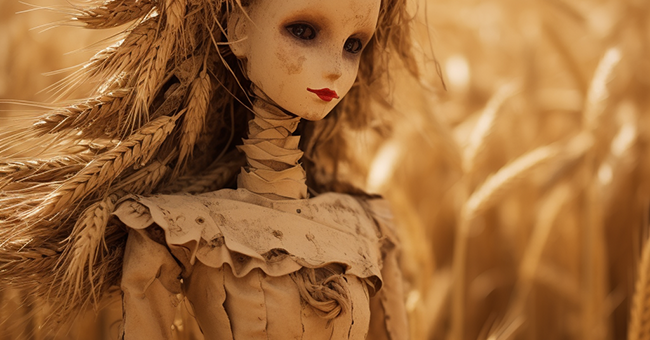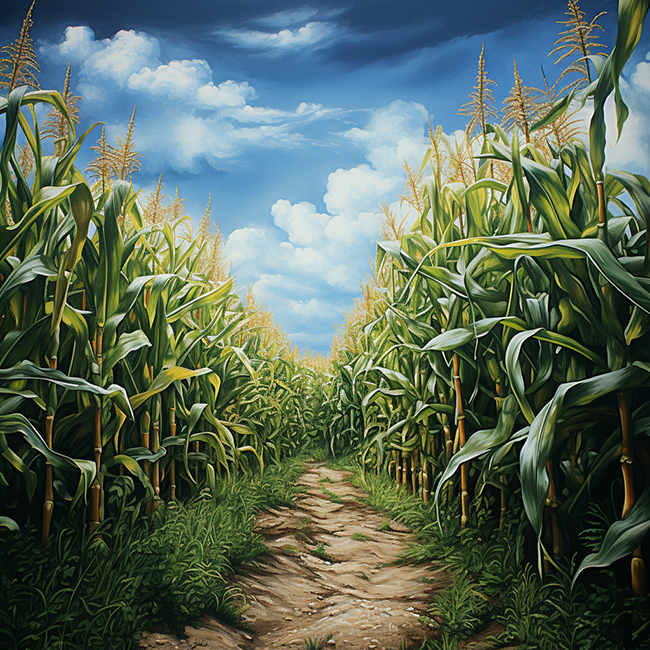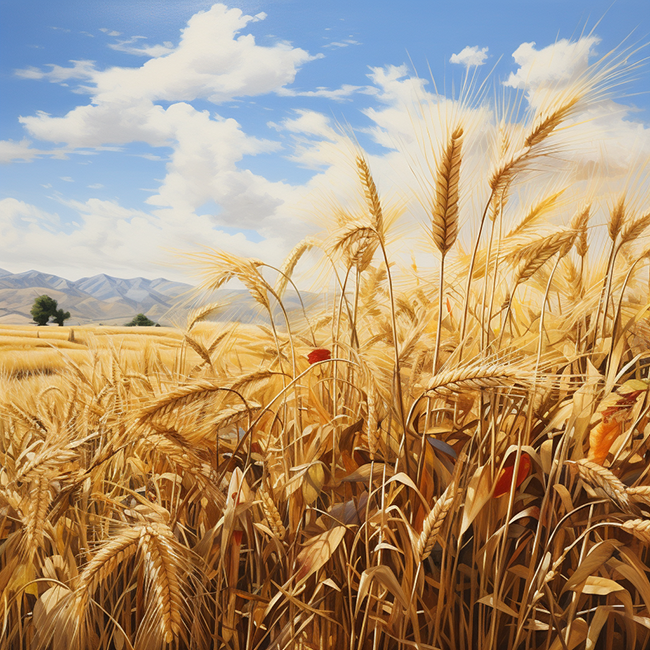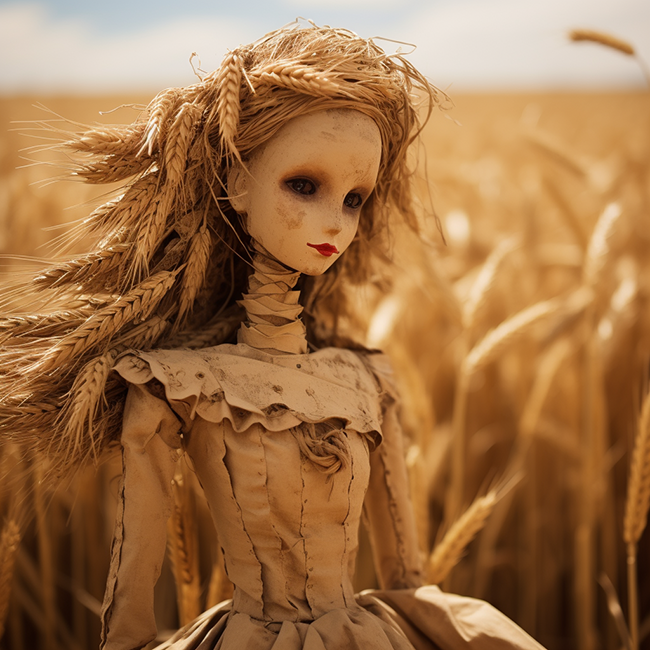
The ancient tradition of creating corn dollies offers a unique window into our ancestral past. These female figures, carefully crafted from the final sheaf of corn from the harvest, are more than mere straw figures. They are rich in symbolism and deep-seated cultural significance, stretching from the rural heartlands of England, Scotland, and Germany to the modern worship of goddesses.

Harvest Traditions and the Last Sheaf
At the heart of the tradition of making corn dollies lies the concept of the harvest and the reverence for the last sheaf. For centuries, communities have gathered to participate in the harvesting process, marking both the end of the growing season and the beginning of the winter months.
As the final sheaf of corn was cut, it was seen as a powerful symbol, embodying the spirit of the crop. It was believed that this spirit needed to be preserved to ensure a bountiful harvest the following year.
In many cultures, this last sheaf was transformed into a corn dolly – a representation of the harvest deity. This tradition can be traced back to ancient fertility worship where the harvest was linked directly with the divine, manifesting the belief that the fertility of the land was tied to the divine favor.
The corn dolly would often be kept safe through the winter and ploughed back into the first furrow of the new season, signifying the continuity of life and cyclical nature of the seasons.

Corn Dollies and Fertility Worship
The relationship between corn dollies and fertility worship is indelible. In many ancient cultures, the idea of fertility extended beyond human reproduction to include the fertility of the land.
Deities were invoked to ensure a prosperous yield, and their symbols were used in various rites and rituals.
Corn dollies, representing the goddess in her many forms, were thus significant symbols of fertility. Their creation was seen as an act of devotion and an appeal for a fruitful harvest.
The corn dolly, often given a place of honor in the home, served as a tangible reminder of the goddess’s presence and the hope for her blessing in the year to come.

Corn Dollies in the Modern World: Goddess Worship
In contemporary times, the practice of making corn dollies has seen a revival, particularly within Neo-Pagan communities and those who identify with goddess worship. Modern interpretations of corn dollies often focus on the goddess figure, celebrating the divine feminine and the cycles of nature.
For many, creating a corn dolly is not just a nostalgic nod to our agricultural past but a way to connect with a deeper spiritual tradition. This figure, often made during the harvest season, is seen as a physical embodiment of the goddess and can be used as a focal point in rituals and celebrations.
Creating a corn dolly has also become a form of mindful meditation for some. The process, which requires patience and focus, is a chance to reflect on our connection to the natural world, the passage of seasons, and the cyclical nature of life.

